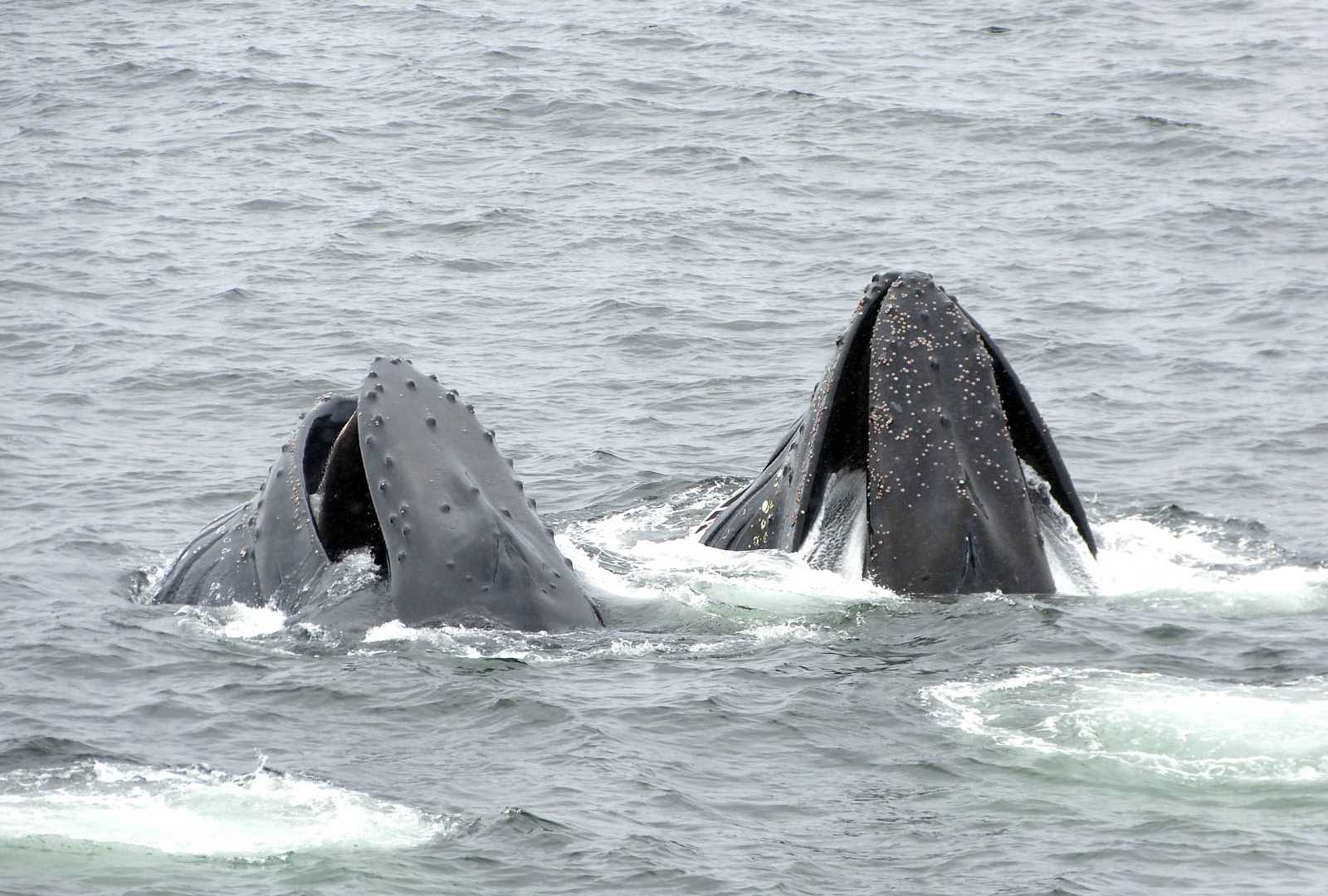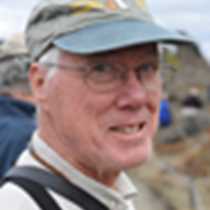In January of 1904, the French explorer Jean-Baptiste Charcot was in urgent need of quiet water where the damaged boiler of his expedition ship Français could be repaired. Fortunately, he discovered a well-protected anchorage tucked into Wienke Island. He named it Port Lockroy to honor the French Minister of Marine, and there he made the needed repairs. Port Lockroy was subsequently an important anchorage for whaling factory ships in the early 20th century. In 1944, the British established "Base A" here. Its mission is not entirely clear, but watching over the British Antarctic Territories was clearly part of it. After the war, the station became a base to support scientific research. Then in 1962 it was abandoned and it lay falling into ruin until the British Antarctic Heritage Trust restored it as an Antarctic museum and the world's southernmost gift shop and post office. It is now the most visited site in Antarctica, and home to the world's most visited gentoo penguins. This morning we, too, visited Port Lockroy, supported its gift shop, wandered in the museum, and paid our respects to the penguins perched on their stone nests, each pair, in alternation, incubating two eggs. It was a snowy Antarctic day, and it only added to the mystique of this, the final landing of our trip to the southern continent.
With some reluctance we departed, wondering if that landing marked the end of our trip; or might there be just one more rabbit in the hat...one more moment of Antarctic excitement? Indeed, there was. We had just turned into Dallmann Bay to make our way north into the Southern Ocean and the trip home, when humpback whales were spotted from the bridge. They have only recently returned from a winter spent in the tropical waters off the west coast of South and Central America. There, their attention was on breeding—females giving birth to new calves, the editions of 2016, and males pursuing non-pregnant females in hopes of fathering the editions of 2017. Little, if any, feeding occurred there. On their breeding grounds, the whales depend on the stores of blubber that they lay down in their summer feeding in the south. We approached two adult whales—surely two large females—engaged in perfectly coordinated cooperative feeding. They had located a prodigious swarm of krill, staining the water red-brown, and they were exploiting it to the maximum. Over and over, the two whales descended in short, shallow dives and then lunged, together, through the krill-filled water. With each lunge, the whales engulfed massive mouthfuls of water, distending the characteristic ventral pleats. They then forced the water out through the baleen plates to capture the krill, which they licked from the baleen with a slurp of a massive tongue. We could see red stains on the water where krill escaped from the corners of the whales' mouths. Most remarkably, just before the lunge each whale emitted a burst of bubbles into the water and then swam through it; somehow, that must have concentrated the prey. Ah, to know just how many krill were swallowed with each lunge, how much Antarctic productivity was converted to whale blubber today in Dallmann Bay? And then we went north.







